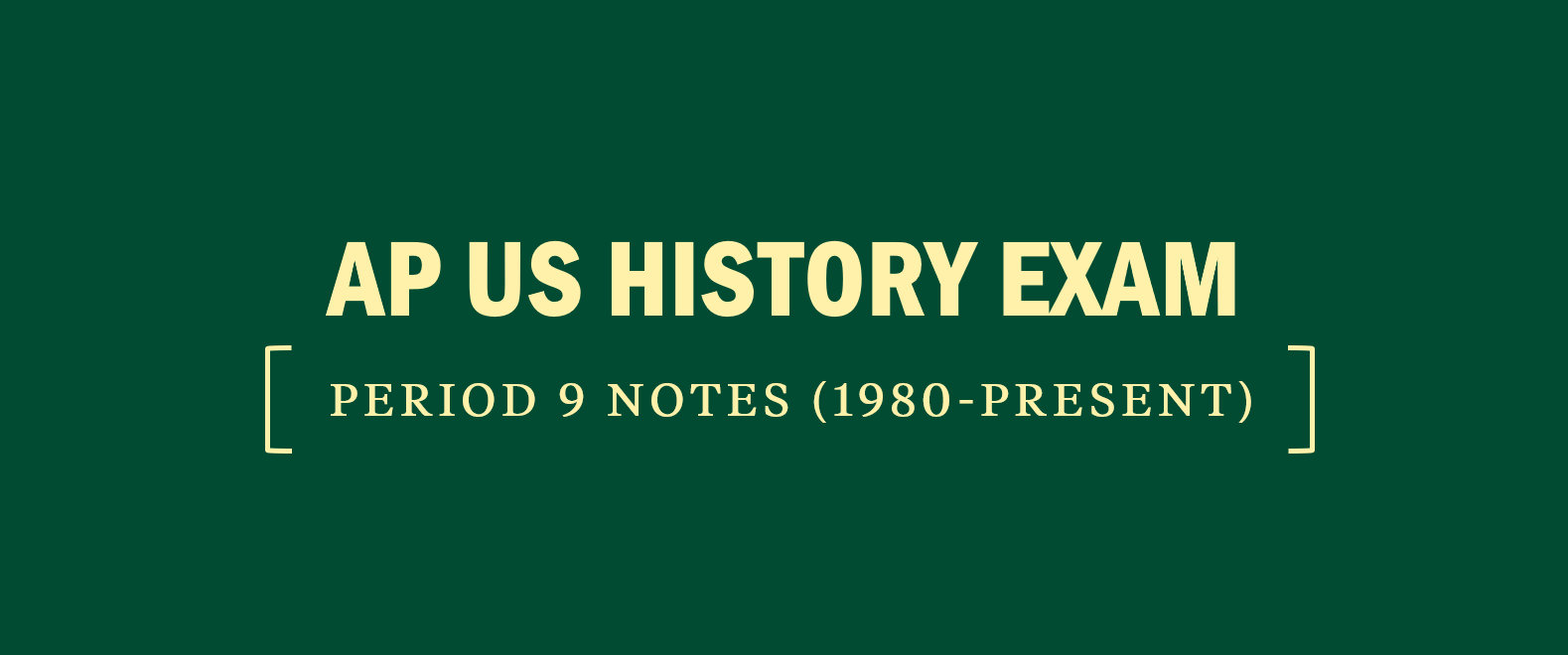AP U.S. History: Short-Answer Questions
The short-answer part of the AP US History Exam, which appears after the multiple choice questions, consists of four questions—and you must answer three.
Unlike the DBQ and LEQ later in the exam, your response to each short-answer question will be a brief, to-the-point answer to each question’s three required tasks. You should use complete sentences, but there is no need to write a thesis or provide any additional information.
The types of short-answer questions will always be the same:
- Question 1 is based on a secondary source or sources. You might be asked to describe the difference between two historians’ interpretations or provide historical evidence to support a historian’s argument.
- Question 2 is based on a primary source or sources. You might be asked to describe a perspective expressed in a historical image, such as an advertisement or political cartoon, or to explain a historical event.
- Question 3 and Question 4 do not provide sources and include only the three required tasks. You will choose EITHER Question 3 or Question 4. Question 3 will focus on a topic between the years 1491 and 1877, and Question 4 will focus on a topic between the years 1865 and 2001.
AP US History Short Answer Strategies
Before walking through a sample prompt step-by-step, let’s look at some special considerations for short-answer questions.
- Carefully analyze the source stimulus—which could be a passage or image—on questions 1 and 2. Note key details, look for relevant information in the titles and source information, and paraphrase in your own words the main purpose of the source.
- Since each short-answer question consists of three tasks (a, b, and c), read through all three tasks before you begin planning your response. Some tasks may be related to each other (such as providing multiple historical examples), so you want to be sure you have an understanding of all the required tasks before you dive in.
- Short-answer questions do not require a thesis statement or an organized essay response. Directly and concisely address each required task, using complete sentences, and move on.
- You will choose EITHER Question 3 or Question 4. Read both questions and consider which one you feel more confident about, keeping in mind you’ll need to be able to explain each part of your response and provide relevant examples. If needed, quickly begin planning one or both questions to help you determine which question to answer in full.
- You may answer the short-answer questions in any order, as long as you write your responses on the corresponding pages of your response booklet. Begin with whichever question you feel most confident about—be sure you give about a third of your time to each question, since each is weighted the same in your score.
The following is a step-by-step walk-through of a sample short-answer question.
AP US History Sample Short Answer Question
Step 1: Analyze the Prompt
Closely read or analyze the source stimulus, marking important details. If the source is a passage, briefly paraphrase the purpose of the source in your own words to solidify your understanding. If the source is an image, take notes about its details and viewpoint. See below a high-scoring response writer’s sample thoughts and notes for the photograph.
- The photo is from 1917 (before the 19th amendment), when Wilson was president.
- The picketers are from their own political party (National Women’s Party) and are wearing traditional women’s dress.
- The picketers are outside the White House, and the signs address the president and cite “liberty” and the “human spirit.” The women are likely picketing for the right to vote.
Look for any additional information that may be provided about the source. For this source, note that the higher-scoring writer included details from the title (the date, location, and group involved) in the notes about the source.
Then read the three parts of the prompt carefully, underlining exactly what each requires. Box, underline, or otherwise mark the action words (which, for this sample prompt, are describe, explain, and explain). Make sure to respond in a way that fulfills what each action word requires.
Step 2: Plan Your Response
The paragraphs below describe what a high-scoring writer might notice and think about when planning a response. Samples of what that high-scoring writer might write as notes are provided for each part of the prompt.
For Part A, the prompt directs you to describe a perspective about women’s rights expressed in the image. Since asked to describe, the high-scoring writer would use her notes to find a perspective shown in the image about which she can provide some relevant details.
Part A:
- women in political party and picketing—shows increased political participation
Part B asks for an explanation of a historical development that led to demonstrations like the picketing in the image. The high-scoring writer would brainstorm relevant developments between 1848 and 1917 that are related to the women’s rights movement, choosing one for which she can use evidence and/or reasoning to explain how the development led to the picketing in the image.
Part B:
- Seneca Falls Convention
- first major discussion of women’s rights, led to more discussions
- Declaration of Sentiments, suffrage debated
Part C requires an explanation of a difference between the women’s rights movements in different periods. The high-scoring writer would carefully note the date ranges provided, brainstorm characteristics of each movement, and choose one for which she can use evidence and/or reasoning to explain how the movements differed.
Part C:
- 1848-1920: focused on suffrage, property, jobs; tied w/ issues of abolition, temperance, limits on child labor
- 1950-1980: focused on equal wages, no-fault divorce, reproductive rights, ERA
- different focuses
Step 3: Action! Write Your Response
Just write out the information, using your planning notes. As you write, remember to label each part of your response (a, b, c) and to keep your writing legible. Refer back to the question’s action words to make sure you’re doing the correct tasks. See the following sample high-scoring response and scoring explanation at the end of this section. One of the best ways to improve your own free- response answers is to read sample responses, thinking carefully about what makes the responses effective and what features you can copy.
Step 4: Proofread
Leave a minute or so for a quick proofread, neatly correcting any errors you catch.
(a) The image reflects the perspective that women in 1917 were participating more in American politics, even if they did not yet have the right to vote in national elections. The women are engaging in the political practice of picketing, addressing the president, and, as the caption indicates, these women are part of a political party which represented women’s rights. The women in the photo believed they had the right to participate in the democratic process, even if they did not formally have the national vote yet.
(b) The Seneca Falls Convention of 1848 would have contributed to twentieth-century political demonstrations like the one shown in the photo. The convention was the first major gathering to discuss women’s rights, setting the stage for increased focus on women’s rights and women’s participation in political advocacy. The convention established common goals for the women’s movement in the Declaration of Sentiments, and, although not everyone agreed about all of the goals, it began the discussion about women’s suffrage in earnest. The suffrage movement, though sometimes taking a backseat to the cause of abolitionism, would grow until the time of the photo and the passage of the nineteenth amendment.
(c) The movements differ in their focuses. The earlier movement emphasized rights for women such as suffrage, job opportunities, and the right to own property, while the later movement, taking place after the nineteenth amendment, emphasized equal pay, no-fault divorce, and reproductive rights. Since the earlier women’s movement had succeeded in achieving many of its goals, the later movement focused on additional ways to increase equality for women: now that women could freely work outside the home, they could advocate for fair pay, for instance. The movements also differed in that activists of the earlier movement were often closely tied to other issues of the day, such as abolitionism and temperance.







